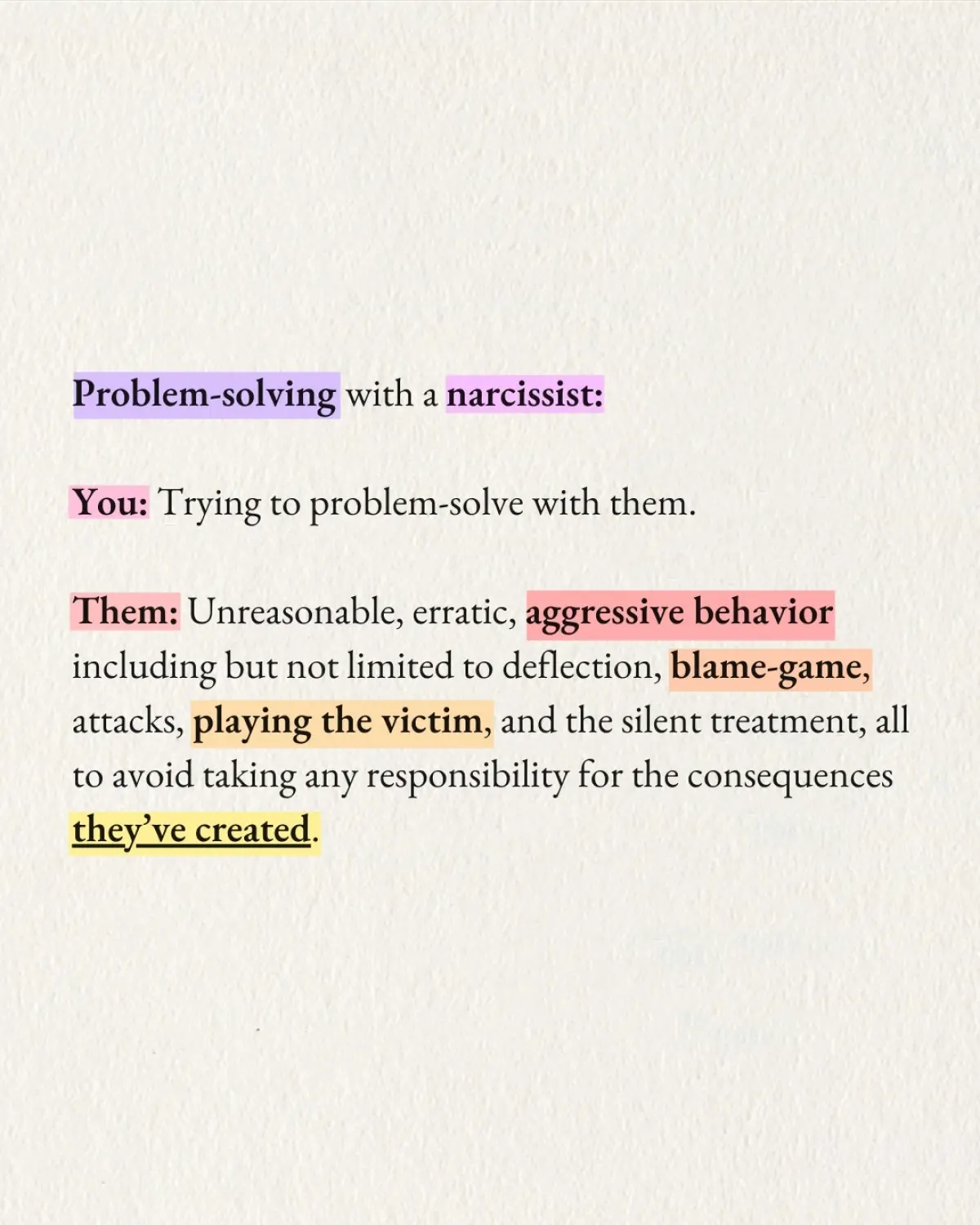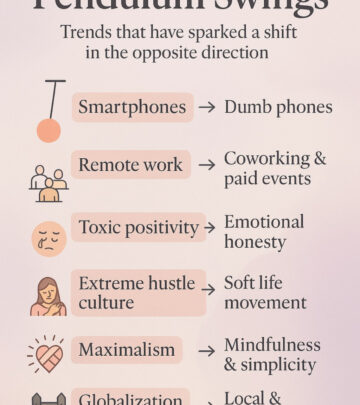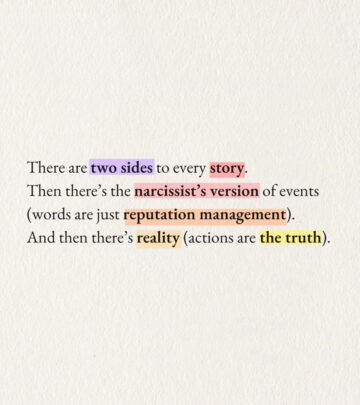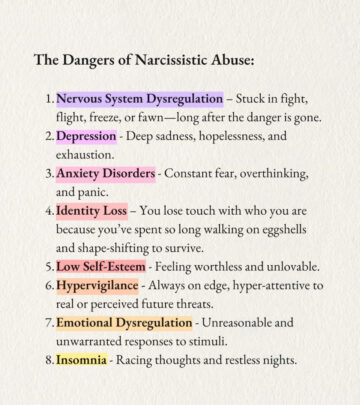Navigating Narcissistic Dynamics In Relationships
Advice on defusing narcissistic manipulation and protecting your emotional space - NOW!

Image: Instagram
Brian Comstock, known on Instagram for his candid takes on toxic relationships, has once again sparked conversation with his latest post on the challenges of problem-solving with a narcissist. In his post, Comstock paints a vivid picture of the emotional battleground encountered when logic or calm discussions meet a personality intent on control rather than resolution. The message is clear: when you step into a conversation armed with reason, you might well be met with blame, deflection, and a potent mix of gaslighting tactics—a performance designed solely to protect a fragile ego.
Understanding Narcissistic Behavior
The post opens with a powerful analogy, comparing the experience of confronting a narcissist to engaging with a smoke bomb. Comstock explains that regardless of how objective or solution-driven you might be, the narcissist will twist facts and escalate the interaction. The tactics include personal attacks, victim-playing, and the classic silent treatment—behaviors meant to rewrite the narrative. By casting themselves as the innocent party and the other as the problem, the narcissist creates confusion and sows doubt in the minds of those trying to work through an issue.
In his explanation, Comstock touches on the critical signs of this behavior: gaslighting and projection. These strategies are not accidental; rather, they are purposeful methods used to dodge accountability and maintain control. The post serves as a wake-up call, urging readers to recognize these patterns early. Comstock’s style is straightforward—mixing analytical clarity with a conversational tone that resonates with anyone who has faced such challenging dynamics.
Gaslighting And Projection In Focus
Gaslighting—a term now widely used to describe manipulative tactics—comes to the forefront of Comstock’s observations. He details how a narcissist’s version of events is less about truth and more about image management. This rewriting of the story can lead to the distressed party questioning their own reality. Comments from related posts have reinforced this view. One earlier Instagram caption noted, “When you’re dealing with someone narcissistic, the truth often gets bent out of shape. Facts get twisted, and context disappears,” a sentiment that aligns tightly with Comstock’s message.
The act of projecting is another tool in the narcissist’s arsenal. By shifting blame and evading responsibility, they ensure that any attempt at resolution turns into a performance of self-victimization. This distortion not only deflects criticism but also leaves the other person drained and confused. As Comstock reiterates, the result is not genuine conflict resolution—it is a meticulously managed act aimed at preserving the narcissist’s reputation.
Protecting Your Energy And Setting Boundaries
Alongside identifying these tactics, Comstock emphasizes the importance of protecting one’s energy. His call to action is to stop expecting clarity or peaceful resolutions from someone committed to chaos. The post gently reminds readers that the emotional toll of engaging with narcissistic behavior can be profound, leaving individuals questioning their own judgment and memory. With every interaction marked by such manipulation, the need to safeguard one’s emotional well-being becomes even more pressing.
Additional voices on Instagram have echoed this advice. In several posts, commentators have highlighted the mental toll of continuous exposure to such manipulation, with descriptions of chronic emotional trauma, depression, anxiety, and the pervasive nature of hypervigilance. These insights help frame the issue as a broader mental health concern—one that calls for both awareness and proactive boundary-setting.
Moreover, past posts have underscored that forgiving or continually trying to change someone who engages in these behaviors can be counterproductive. One caption read, “Not everyone deserves a second chance. Some people need a firm boundary that tells them ‘No more.'” This reinforces the idea that personal well-being should always be prioritized over attempts to mend a fundamentally toxic dynamic.
A Call For Self-respect And Clarity
In the end, Comstock’s message is one of empowerment. The post is not just a description of manipulative behavior; it is a reminder to reclaim one’s reality. The advice is direct: if the behavior resonates with your experiences, recognize that the struggle isn’t a personal failure—it is a pattern in need of a clear response. The narratives shared by him and echoed by others suggest that disengagement and self-protection are sometimes the best responses to emotional manipulation.
Brian Comstock’s post serves as a timely reminder that toxic interactions are less about honest conversation and more about performance and control. Rather than getting sucked into a cycle of blame and deflection, the onus is on individuals to remain aware of these dynamics. By recognizing the red flags early, one can begin to disengage and, over time, rebuild a stronger and clearer sense of self.
For anyone who has found themselves exhausted by the constant battle for clarity in a one-sided dialogue, Comstock’s insights offer both validation and direction. It’s a call to stop expecting change from someone whose behavior is driven by an unyielding need for control and to start taking active steps toward healing and self-respect.
In sharing his observations, Comstock not only informs but also invites his audience to reflect on their own experiences. The conversation he has ignited poses important questions about accountability, the manipulative nature of certain relationships, and the critical importance of setting firm boundaries—lessons that resonate far beyond the realm of any single encounter.
Read full bio of Nisha Bharatan



















